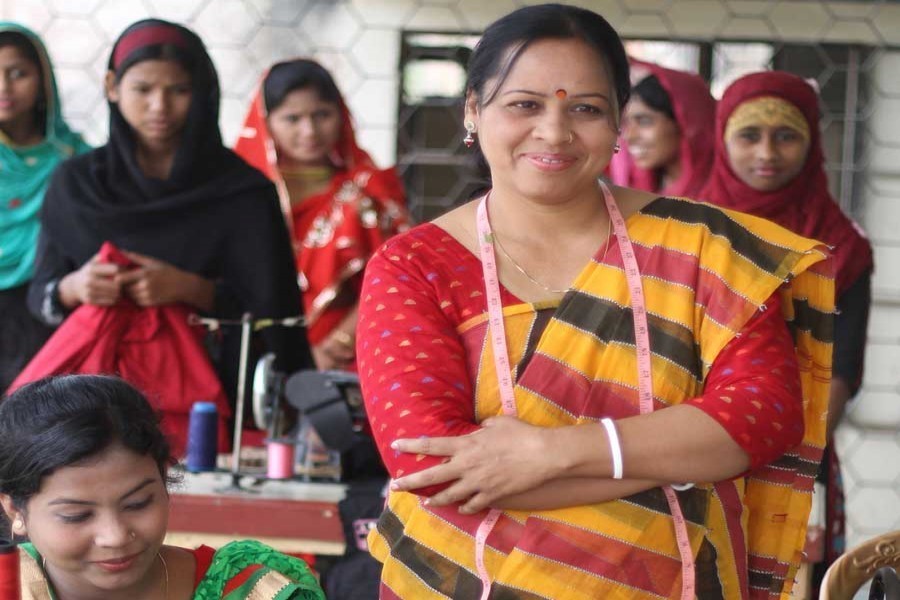
Published :
Updated :

Admittedly, the country's poverty reduction by 7.2 percentage point to 24.3 per cent in six years up to 2017 is indicative of the effectiveness of the government's Employment Generation Programme for the Poorest (EGPP). By 2017, the rate of poverty and extreme poverty stood at 24.3 per cent and 12.9 per cent respectively as against 31.5 and 17.6 per cent six years previously. By 2018 too poverty may have dropped by some more percentage points. When the country's economy is mostly governed by patron-client relations, the benefits enjoyed at the lowest rung of society are nearly miraculous. When distribution of political favour proves to be a key to achieving financial success, the reduction of poverty for Bangladesh is viewed-most often quite reasonably-as a development paradox. It is a fact that the country has earned the dubious distinction of producing the super rich with wealth no less than $30 million at a rate faster than any country on the planet. Then the bottom segment of society is also benefitting from government programmes, notwithstanding their inherent shortcomings.
A paper titled 'Implication of Employment Generation Programme for the Poorest to reduce disaster and gender vulnerability' presented at a technical session of 'BIDS Research Almanac 2018' has corroborated the fact that the government's EGPP is not without blemishes. However, it is playing a positive role in pulling the extreme poor out of the poverty trap. The most serious complaint against the poverty alleviation programme is selection of wrong targets. If the more deserving is not considered for government support, the programme surely loses its direction to a large extent. Yet, the EGPP, as argued, has been instrumental in bringing about economic solvency, creating health awareness, arranging alternative source of income and instilling self-reliance into the beneficiaries of the programme.
On both counts of quantitative and qualitative data analysis, the programme fell short of the expectation. Had the programme been implemented without any political or other prejudices, it would have yielded enviable results. The development matrix would not have been constrained at least by the inequitable distribution of wealth and lack of commensurate growth. This would have really transformed the country's economy beyond recognition. While the super rich's acquiring of wealth most of the time bring them to a big question mark because of the means adopted for the purpose, in the case of the poor or the extreme poor the income would have been simply by the sweat of their brows.
Evidently, government strategising plays a crucial role here. Today, absorption of labour by agriculture has dropped drastically although yield of crops has risen several times more. The poor have by now proved that given the opportunity they can change their lot. They have proved the myth of their idleness false. Growth dynamics of the country should be inclusive, rather than exclusive where the rich become richer at a fabulous pace and the poor benefit only by the trickle-down share. Clearly larger allocation, wage raise and coverage of a greater number of the needy, as suggested in the paper, can make a far greater difference in the country's poverty situation.


 For all latest news, follow The Financial Express Google News channel.
For all latest news, follow The Financial Express Google News channel.